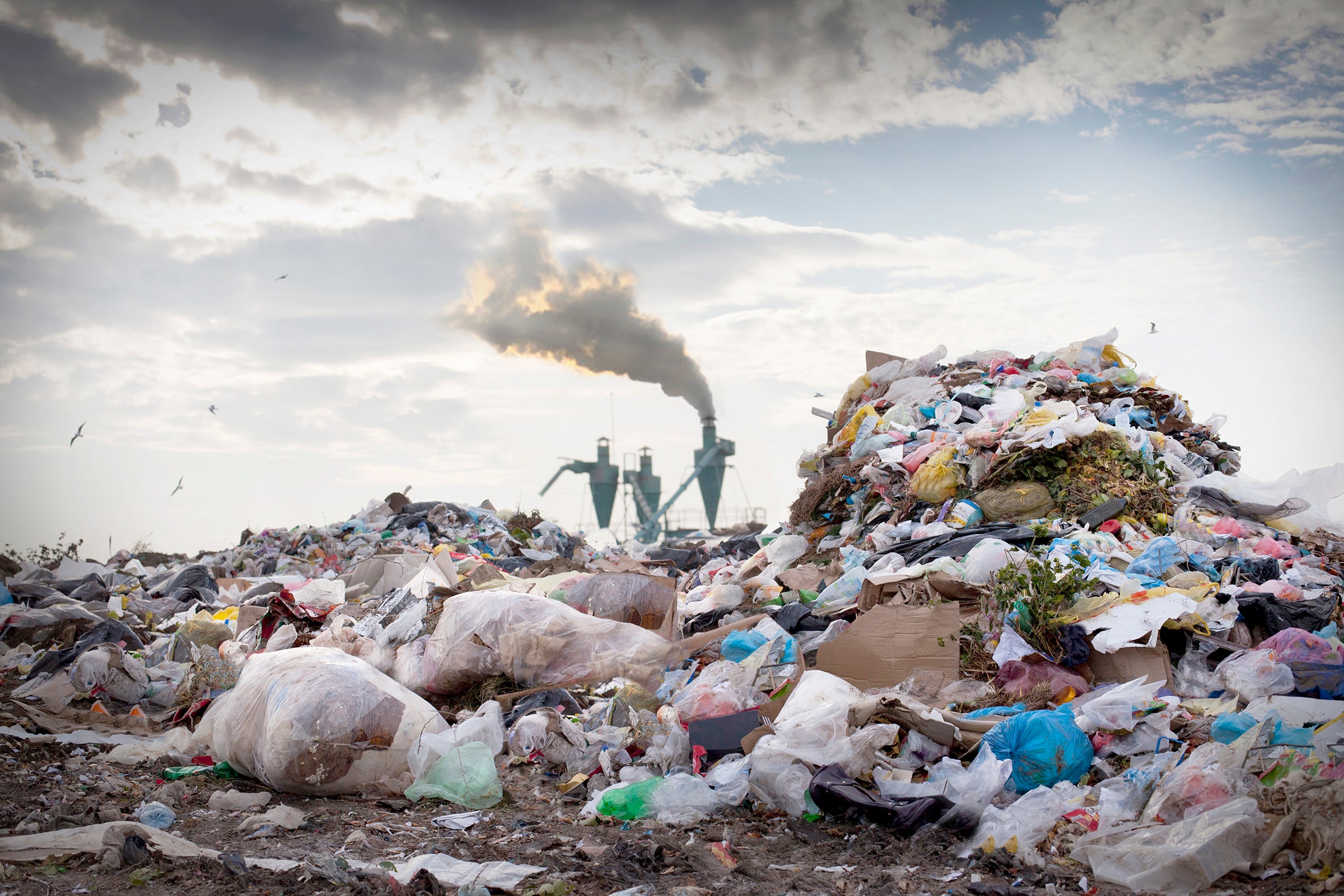The bright X-ray bubbles at the Galactic Centre provide an opportunity to understand the effects of feedback on galaxy evolution. The shells of the eROSITA bubbles show enhanced X-ray emission over the sky background. Previously, these shells were assumed to have a single temperature component and to trace the shock-heated lower-temperature halo gas.
Recently, scientists at The Ohio State University showed that the shells of eRosita bubbles are more complex than previously thought. Despite being largely similar to Fermi bubbles, eRosita bubbles are larger and more energetic than their counterparts.
Astronomers revealed the properties of these giant bubbles of high-energy gas that extend far above and below the Milky Way galaxy’s center.
Anjali Gupta, lead author of the study and a former postdoctoral researcher at Ohio State, said,“Our goal was to learn more about the circumgalactic medium, a place very important in understanding how our Galaxy formed and evolved. Many of the regions we were studying happened to be in the region of the bubbles, so we wanted to see how different the bubbles are when compared to the regions which are away from the bubble.”
The key results of this research imply that the gas temperature within the bubbles isn’t much different from the area outside of it. Previous studies hypothesized that the gas shock heated these bubbles as they pushed outward from the Galaxy.
Scientists were surprised to find that the temperature of the bubble region and out of the bubble region were the same. They also found that these bubbles are so bright because they’re filled with extremely dense gas, not because they are at hotter temperatures than the surrounding environment.
The analysis was performed using Suzaku observations. The observations also revealed that the X-ray emission of the shells is more complex and best described by a two-temperature thermal model: one component close to the Galaxy’s virial temperature and the other at superficial temperatures.
Smita Mathur, co-author of the study and a professor of astronomy at Ohio State, said,“Although the origin of these bubbles has been debated in scientific literature, this study is the first that begins to settle it. As the team found an abundance of non-solar neon-oxygen and magnesium-oxygen ratios in the shells, their results strongly suggest that galactic bubbles were originally formed by nuclear star-forming activity or the injection of energy by massive stars and other kinds of astrophysical phenomena rather than through the activities of a supermassive black hole.”
“Our data support the theory that these bubbles are most likely formed due to intense star formation activity at the galactic center, as opposed to black hole activity at the galactic center.”
The team aims to leverage new data from future satellite missions to continue characterizing the qualities of these bubbles and work on unique techniques to analyze the data they already have to study further the ramifications their discovery may have for other areas of astronomy.
Gupta said,“Scientists need to understand the formation of the bubble structure, so by using different techniques to better our models, we’ll be able to constrain better the temperature and the emission measures that we are looking for.”
Journal Reference:
- Gupta, A., Mathur, S., Kingsbury, J. et al. Thermal and chemical properties of the eROSITA bubbles from Suzaku observations. Nat Astron (2023). DOI: 10.1038/s41550-023-01963-5
Note: This article have been indexed to our site. We do not claim legitimacy, ownership or copyright of any of the content above. To see the article at original source Click Here













